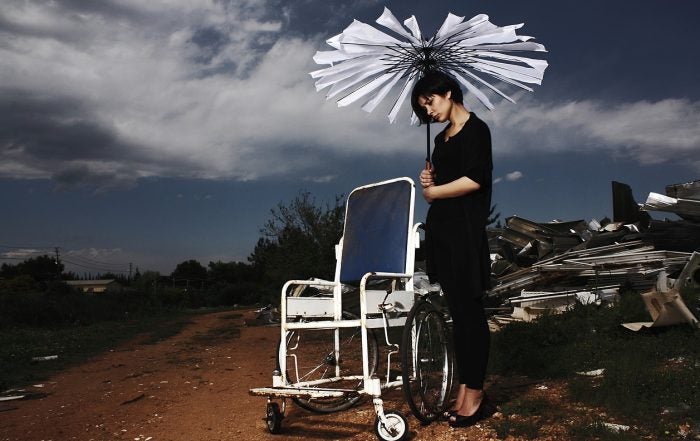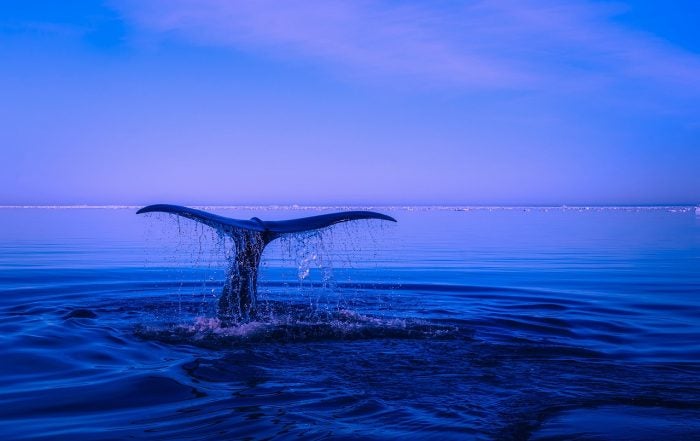Home » Biology
Category Archives: Biology
Disparities in Reproductive and Sexual Healthcare of Women with Disabilities
By Manasvini Pochimireddy. Author’s Note: I wrote this piece for a general academic audience of my peers. I specifically chose this topic because disabled women have been a historically marginalized group, with inadequate resources in the healthcare system to lead healthy lives. In terms of their reproductive and sexual healthcare, these women face a public […]
How Toxoplasma gondii, a protozoa parasite, performs its parasitic behavior and how the infection would influence the intermediate hosts’ health and behavior.
By Chengyu Sun, Evolution, Ecology, and Biodiversity, ’25 Author’s Note: This review article was written for the assignment of Dr. Brenda Rinard’s UWP 102B. I chose the topic of discussing the behavior and uniqueness of Toxoplasma gondii because parasitic behavior really fascinates me and I would want to further study this area in the […]
Impact of Perception on Animal Conservation Efforts and Biodiversity
By Adyasha Padhi, Biochemistry and Molecular Biology and Sociocultural Anthropology ’25 Humanity has impacted our planet’s biodiversity in extensive ways, both deliberately and accidentally. According to the World Wildlife Fund, there has been an average of a 69% decline in worldwide biodiversity since 1970 [1]. However, some geographical areas and ecosystems are disproportionally affected. Biodiversity […]
Lung Cancer Vaccines: An Investigation of Potential Targets for a Novel Immunotherapy
By Rhea Bains. Abstract: This review comprehensively synthesizes research published within the last five years about a novel immunotherapy for lung cancer, known as a cancer vaccine in situ or intratumoral vaccination. The treatment involves an injection administered directly to the site of the tumor to trigger an immune response in the body for cancer […]
Vesicles in the Study of Flaviviruses
By Nick Puso, Biochemistry & Molecular Biology ’23 Author’s Note: Nick Puso is a biochemistry & molecular biology graduate of the class of 2023. He wrote this review because, in his own words, he “really loves vesicles”. Nick found this topic particularly exciting to write on because it combines biochemistry, structural biology, genetics, drug design, […]
Neonatal Isoerythrolysis in Equines, Felines, and Other Species
By Sara Su, Animal Science and English ’24 Neonatal Isoerythrolysis: An Overview Neonatal isoerythrolysis (NI) is an alloimmune disease, an immune response against non-self-antigens from the same species. A non-self antigen can be any foreign substance that can trigger the host’s immune system. Hemolytic anemia is the most common symptom of NI, where a newborn’s […]
Interview: Exploring the Impact of Biology Courses on Student Understanding of Biological Diversity
By Adyasha Padhi, Biochemistry & Molecular Biology and Sociocultural Anthropology ’25 Introduction: Hannah Higuera, a Ph.D. student in the Department of Evolution & Ecology, and Dr. Laci Gerhart, an Assistant Professor of Teaching in the Department of Evolution & Ecology, have been working together to understand how college students think about animal diversity. The first […]
The Impact of COVID-19 Lockdowns on the Progression of Macular Degeneration
By Jessie Lei, Neurobiology, Physiology, & Behavior and minor in Human Development, ’24 Author’s Note: Every person and every facet of life was uniquely impacted by the effects of the COVID-19 lockdowns, yet how deep this influence runs can be unclear. Through the eyes of my grandfather, I witnessed first-hand just how detrimental the pandemic […]
Engineering Photosynthesis
By Saloni Dhopte, Genetics and Genomics ‘23 If there’s one flowchart I remember from my middle school science textbook, it’s the one for photosynthesis. Plants are autotrophs- they make their own food using sunlight and carbon dioxide from the air. This process, called photosynthesis, is responsible for supplying most of the oxygen in the Earth’s […]
Greater glider populations are decreasing in Australia while selective logging regimes power on
By Adam Vera, Applied Chemistry ’23 The greater glider (Petauroides volans) in a hollow-bearing Eucalyptus tree Australia’s eucalypt forests along the eastern coast were once abundant with the country’s iconic arboreal marsupial, the greater glider (Petauroides volans). Native to the Central Highlands of Queensland and New South Wales, it has long been recognized as the cute […]

